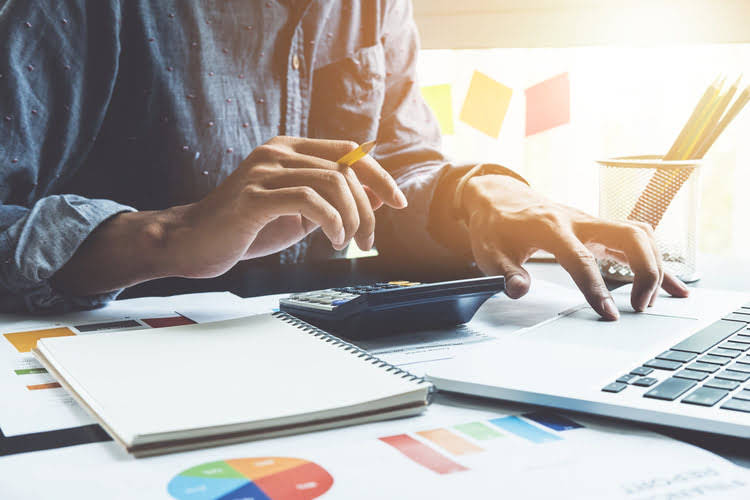New York City Sales Tax Rate and Calculator 2021
December 1, 2021

Thus, after two sales, there remained 75 units of inventory that had cost the company $27 each. Ending inventory was made up of 75 units at $27 each, and 210 units at $33 each, for a total FIFO perpetual ending inventory value of $8,955. The specific identification method of cost allocation directly tracks each of the units purchased and costs them out as they are sold. In this demonstration, assume that some sales were made by specifically tracked goods that are part of a lot, as previously stated for this method. For The Spy Who Loves You, the first sale of 120 units is assumed to be the units from the beginning inventory, which had cost $21 per unit, bringing the total cost of these units to $2,520. Once those units were sold, there remained 30 more units of the beginning inventory.
Use the Cost of Goods Available for Sale to Determine the Value of Potential Saleable Products
It is crucial to maintain accurate records of inventory levels, as any discrepancies can lead to significant errors in financial reporting and business decision-making. The cost of goods available for sale is determined by several financial components, each contributing to the total value of goods that a business can offer to its customers. These components include the beginning inventory, net purchases, and production costs.

Cost of Goods Sold
To calculate COGS, the plumber has to combine both the cost of labor and the cost of each part involved in the service. Comparing the costs allocated to COGS and inventory, we can see that the costs are allocated differently depending on whether it is a periodic or perpetual inventory system. To get the COGS, calculate the ending inventory and other sales-related direct expenses and subtract them from the Cost of Goods available.
Cost of Goods Sold vs Operating Expenses
The average cost is the total inventory purchased in the second quarter, $8,650, divided by the total inventory count from the quarter, 1000, for an average cost of $8.65. If counting by hand, performing a physical inventory count of your merchandise can be time-consuming and even expensive, as it could mean shutting down the store to get an accurate count. You should record the cost of goods sold as a debit in your accounting journal. If you’re a manufacturer, you need to have an understanding of your cost of goods sold, and how to calculate it, in order to determine if your business is profitable. Here are the five steps for calculating COGS, then fill in our Cost of Goods Sold Calculator with your own data.
Using resources such as an affordability calculator can assist in gauging the comfortable range for your home purchase. It factors crucial elements like your income, debts, and potential mortgage rates, ensuring a responsible and sustainable investment. By understanding COGS, you can explore strategies, such as reducing costs, streamlining processes, and reducing waste, to improve your bottom line.
- This system provides real-time data on inventory levels and cost of goods sold, making it easier for businesses to make informed decisions about purchasing and pricing.
- One way to reduce your COGS is to negotiate better prices from your suppliers.
- While Cost of Goods Available applies only to the inventory ready for purchase, Cost of Goods Sold accounts for the expenses for goods already sold.
- The cost of any freight needed to acquire merchandise (known as freight in) is typically considered a part of this cost.
- That way, you can avoid having to look back and check if you had mistakenly counted anything that couldn’t be sold when everything was said and done.
What items are included in COGS?
- At the bottom of the sheet, you’ll subtract your expenses from your revenue to list your net profit.
- The city’s green spaces, such as Tibbetts Brook Park and the Silver Lake Preserve, offer serene retreats for outdoor enthusiasts.
- Businesses are responsible for actually paying NYC and New York state sales, use and MCTD taxes to the government by filing sales tax returns.
- So, you need to be sure to get this important figure very correctly to better inform your business decisions.
- Class 2 includes residential properties with more than three units, including co-ops, condos, and apartment buildings.
- However, some items’ cost may not be easily identified or may be too closely intermingled, such as when making bulk batches of items.
Income statements are one of the three most important financial documents in your repertoire—and learning how to draw one up is a crucial step in understanding your business’s financial trajectory. To get more info on how to build your own report, check out our page on how to prepare an income statement. If you don’t just sell goods but also assemble raw materials to create cost of goods sold goods, your inventory will include all the building blocks that make up your final product. For example, if you own a smoothie food truck, the cost of your frozen fruit would count as inventory. This deduction is available for businesses that produce or purchase goods for sale. Inventory decreases because, as the product sells, it will take away from your inventory account.





